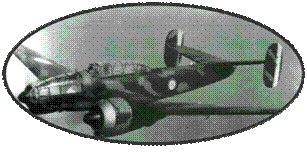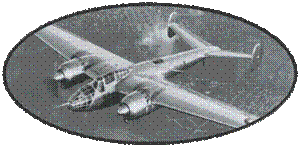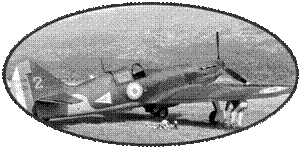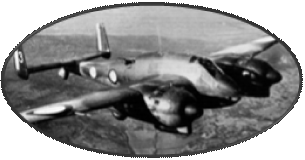In 1934, a request was issued
by the German Air Ministry for a fast twin-engine interceptor capable
of neutralizing the enemy's hunt to prepare for the arrival of the
bombers. Erhard MILCH, then head of the German Air Ministry and
Willy Messerschmitt do not appreciate, and it is only after many
palaver and negotiations that a prototype is ordered. The latter,
powered by two DB 600 engines, flew in May 1936, followed quickly
by two other prototypes. The serial launch of the BF110-A was called
into question by the unreliability of the DB600 engines. The arrival
of the new and reliable DB 601 finally allowed to launch the series
under the name of Bf 110-B, but due to late deliveries of the new
engines, the series is equipped with Junkers JUMO 210 engines.
These delays prevent the
BF110 to prove itself in Spain. The JUMO 210 engines are so poor
that the device is confined to training. It was only at the end
of 1938, with the arrival of the DB601, that the career of the BF110-C
began: the top speed increased by 80km / h! These aircraft are engaged
in Poland where they meet easy success against the Polish Aviaiton
inferiority.
During the French Campaign,
the aircraft was more mistreated by more modern fighters such as
the Bloch 152, Morane 406 or Curtiss H75 much more agile in spinning
action. The BF 110, however, could count on a firepower and a much
higher speed.
But, during the Battle of
Britain, the BF110 confirmed its vulnerability to the fast and agile
Spills of the RAF, and the losses are severe. The consequence was
the transformation of BF110-C into glider tugs or bomber interceptors.
A long-range BF110-D with
a tank under the fuselage did not succeed and was removed quickly.
The Messerschmitt is then
transformed into a Heavy Bomber Hunter with versions BF110 C-4 /
B, BF110E or BF110 F with more powerful DB605 engines. It was this
last version that turned into a night fighter by adopting a radar
(BF110-F4). Time slowed down by the arrival of the ME210, the production
of the BF110 reboots in early 1942 with the BF110-G series. This
version is used as heavy bomber fighter or as bomber interceptor
using this time all kinds of weapon systems (heavy guns, rockets,
...)
In the end, the Messerschmitt
BF110 is a semi-failure. He proved unable to perform his role as
a hunter against single-fighter aircraft, but was a formidable bomber
interceptor, whether as a day-hunter or night-hunter.













